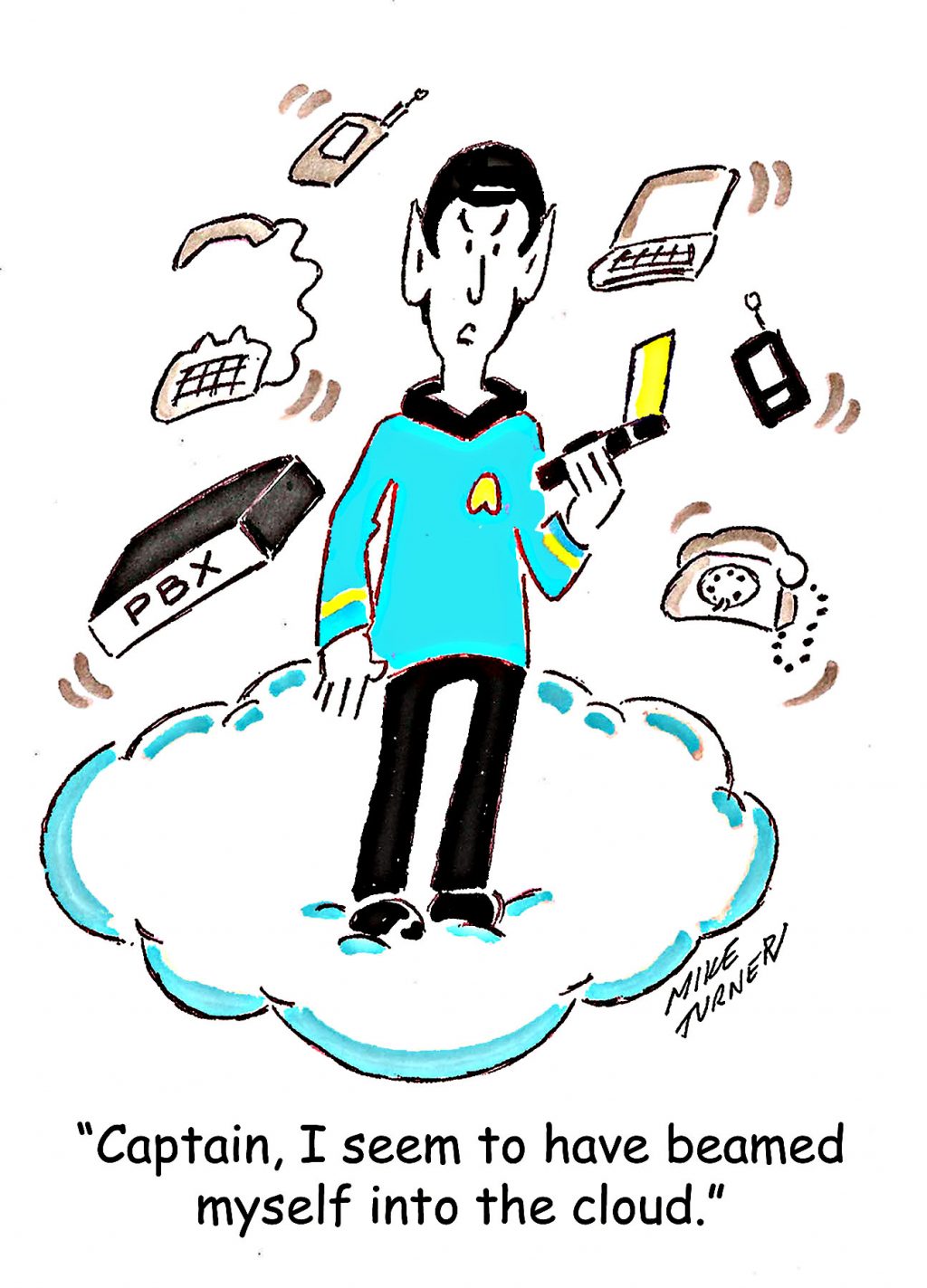It’s communications, but not as we know it
Just as email and messaging apps have all but killed off postal services as a way of sending and receiving business correspondence, so cloud services and software are changing the look of telecommunications providers.
For both types of legacy organisation, the problem is costly infrastructure. Postal services need letter drops, vehicles, buildings, workforces. Traditional telcos need cables, fibre, switches, routers, control centres and last-mile connections to customer premises.
It all comes at a heavy price. But now a new kind of assetlight telco is emerging, one that focuses on core network and services provision and leaves the burden of last mile access to third party providers. For this new breed of telco it means a substantial reduction in costs and a reduced operational and maintenance overhead.

It’s communications, but not as we know it
Just as email and messaging apps have all but killed off postal services as a way of sending and receiving business correspondence, so cloud services and software are changing the look of telecommunications providers.
For both types of legacy organisation, the problem is costly infrastructure. Postal services need letter drops, vehicles, buildings, workforces. Traditional telcos need cables, fibre, switches, routers, control centres and last-mile connections to customer premises.
It all comes at a heavy price. But now a new kind of assetlight telco is emerging, one that focuses on core network and services provision and leaves the burden of last mile access to third party providers. For this new breed of telco it means a substantial reduction in costs and a reduced operational and maintenance overhead.
Unburdened in this way, the new assetlight telcos are free to concentrate on service levels and customer satisfaction. More fleet of foot than their traditional competitors, they also have more resources to develop and roll out the new products and services – for example cloud voice and incoming call management – that their customers are asking for. And they can focus investment where it matters, on the core network.
For the customer it means freedom from investment in expensive edge network hardware like PBXs and their long-term maintenance contracts. It also means they can benefit from better, SLA-based services that are driven by demand, rather than legacy investments in technology. Customers also get the freedom to choose the best access providers the market has to offer.But there are further advantages, especially from the customer’s view.
Conventionally, for a user company to add customised features or applications to its telephony service meant paying the telco to develop and deploy the new feature on its behalf. The new assetlight telco can make APIs freely available to customer organisations. In-house or third-party app developers can then have access to core network functionality which lets them develop, using standard software tools, their own advanced services.
New applications and features developed in this way no longer need to be physically distributed and deployed. They can be released once in the cloud, and become instantly available to all intended users.
And in addition to this, any updates made to the network itself are similarly deployed and therefore become instantly available to all customers.
The winner from this tussle between the old and new telco models is business and commerce, increasingly able to access more powerful, more flexible and more robust telecommunications services at a cost that less than a decade ago would have been unthinkably low.
You might be tempted to say that communications are boldly going where no communications have gone before.